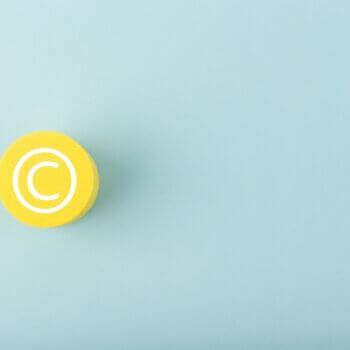
Dispute over “paper dispenser” goes into the next round
Some proceedings have a tendency to take forever – to be fair, mostly when a particularly large number of open legal questions are involved. This is the case with the “paper dispenser”, which concerns the relationship between design law and patent law on the basis of the exclusion ground “Designs dictated by their technical function”.
Background
The design owner had sued a competitor before the Düsseldorf District Court because the competitor marketed a similar-looking “paper dispenser” – i.e. a product containing disposable towels for drying hands in public facilities. The competitor had countered with a nullity action against the design – a common defence manoeuvre because designs are not examined in registration proceedings. Most often, the invalidity defence involves the questions of whether the design is “new” (Art. 5 CDR) and has “individual character” (Art. 6 CDR) compared to the pre-existing set of shapes. Here, however, the somewhat rarer question is whether “features of appearance” of the design are “solely dictated by its technical function” (Art. 8 CDR). This played a role because the design owner was at the same time the owner of a patent, in which partly the same drawings were used as in the design. In addition, the design owner had protected a number of other variations around the technical solution of distributing paper towels through a round hole, also as a design.
Proceedings
The proceeding is now at the ECJ. It had previously been before the German Federal Court of Justice and twice before the Düsseldorf Higher Regional Court.
The Düsseldorf Regional Court had granted the design owner’s action for an injunction and dismissed the competitor’s counterclaim. The existence of numerous design alternatives proved that the appearance of the design was not determined by its technical function.
The Higher Regional Court of Düsseldorf upheld the competitor’s appeal and declared the design null and void. In doing so, it concluded, applying the “DOCERAM” principles (following ECJ, judgment of 08.03.2018 – C‑395/16), that the need to fulfil a technical function of the product in question was ultimately the only factor that led the designer to choose a particular visual feature. This was clear from the fact that the patent specification contained the same drawings. On the other hand, the “existence of viable design alternatives” was irrelevant because the multitude of further design applications of the design holder all implemented the same technical solution – covered by the patent.
The design owner in turn appealed against this decision to the Federal Court of Justice. The latter was of the opinion that the Higher Regional Court Düsseldorf had rightly taken the patent specification into account, but had given it too much significance. It was only important that design alternatives were possible and not whether these alternatives were also protected for the design owner. Since the Federal Court of Justice was unable to reach a final decision itself for formal reasons, nor did it see any need to refer to the ECJ – the DOCERAM principles seemed to be sufficient for the Federal Court of Justice – it referred the matter back to the Düsseldorf court.
The Higher Regional Court of Düsseldorf, hearing the case for the second time, saw this point differently. Known as a “referral-friendly” court, it now wanted to know more precisely how the alternative designs, which the owner had also had protected with the same technical solution, were to be valued.
The ECJ referral
The Federal Court of Justice had concluded from the existence of the alternatives that design alternatives were possible and thus that the technical solution was not mandatory. However, it had considered irrelevant that these alternatives were also protected as designs in favour of the design owner, which in turn made it more difficult for the competitor to switch to an alternative that was not also protected. However, the Higher Regional Court of Düsseldorf saw this as a contradiction to the DOCERAM decision, in which the ECJ had stated that there was a risk that “a single economic operator would be able to obtain several registrations as a Community design of different possible forms of a product incorporating features of appearance of that product which are exclusively dictated by its technical function” and thereby “benefit (…) from exclusive protection which is, in practice, equivalent to that offered by a patent, but without being subject to the conditions applicable for obtaining the latter”. With this reasoning, the General Court had also ruled in a similar case, alternative shapes are not available to competitors if the design owner has also protected them for himself.
Therefore, the Higher Regional Court of Düsseldorf now asks the ECJ for a more detailed interpretation of the DOCERAM decision:
With regard to the aspect of the existence of other designs, what significance is attached to the fact that the owner of the design also has design rights for a large number of alternative designs?
Outlook
The case shows that a good IP strategy should always keep several IP rights in mind. Even if a technical solution is initially at issue, the appearance form, i.e. the application of the technical teaching in a concrete design, can still be protected by means of design rights. The ECJ will clarify whether this can be taken to such an extreme – as by the design owner in the “paper dispenser” case – that a second “ring of protection” can ultimately be placed around the technical teaching by means of designs through a large number of design applications – and almost immediately without a long examination for up to 25 years. In any case, multiple applications in design law offer interesting and creative possibilities that are still underestimated by many applicants.







